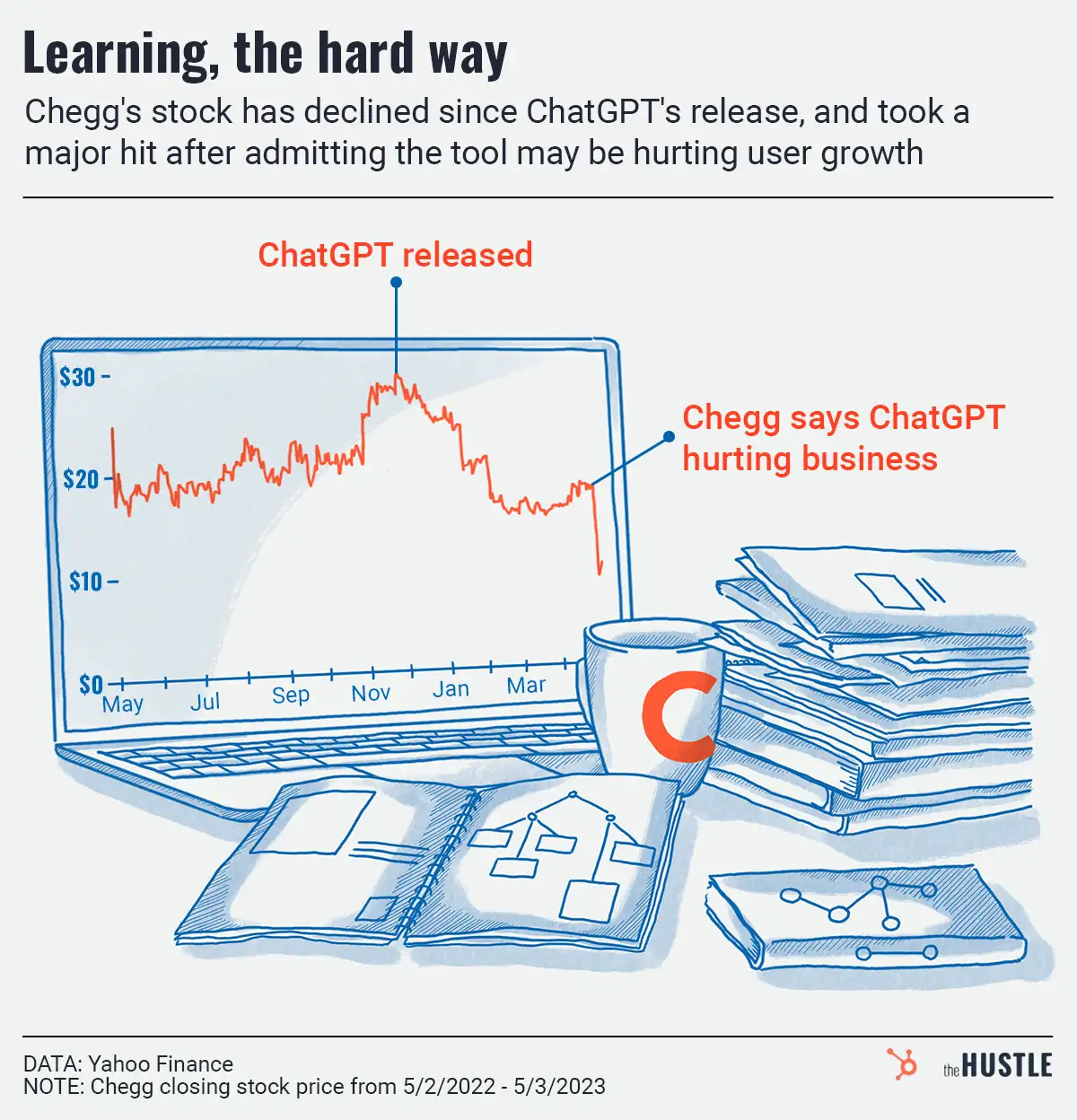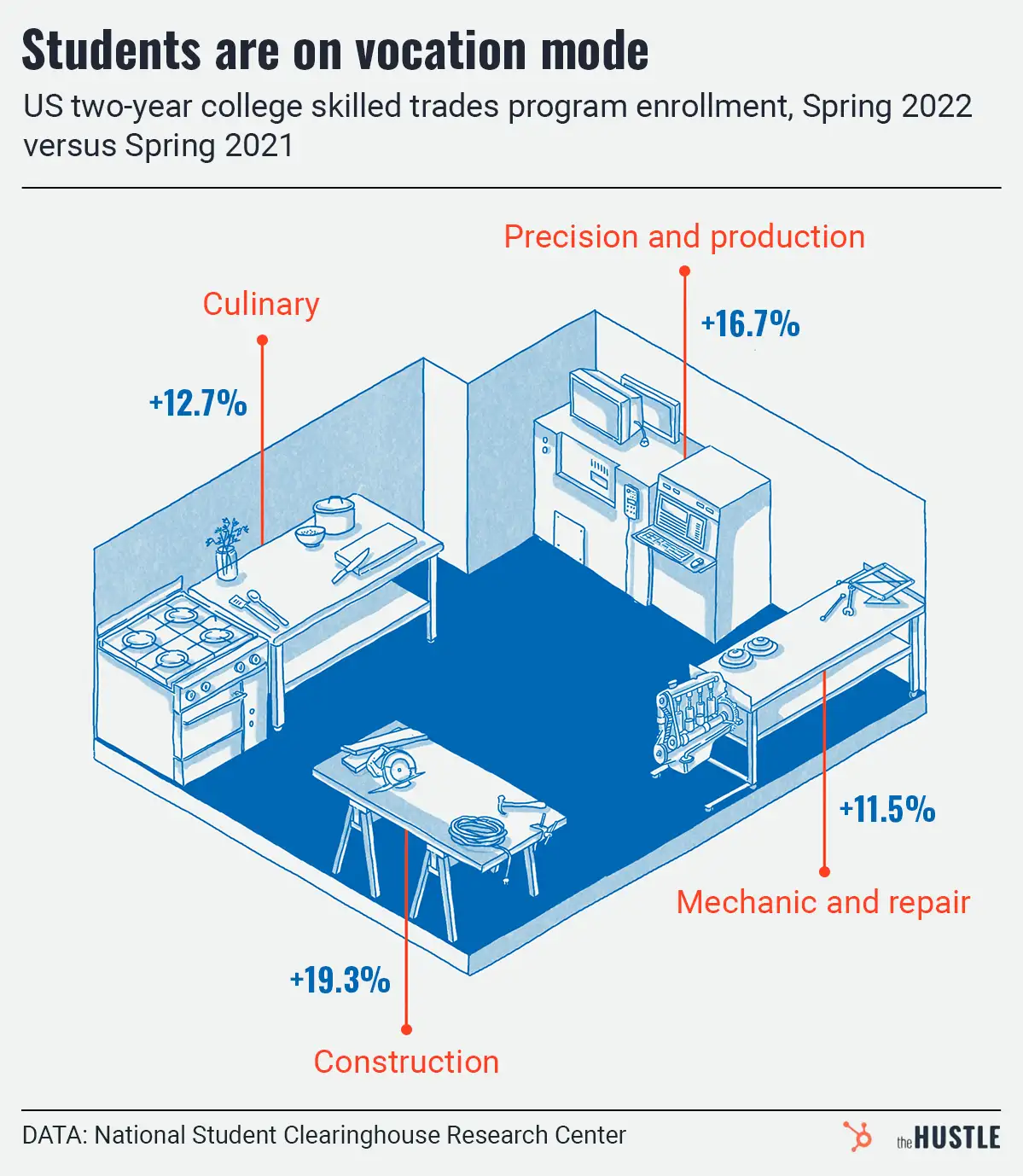Edtech startup Prenda recently raised $20m in Series B to help people start microschools. But what is a microschool — a school for ants?

US News described them as the modern-day equivalent of the one-room schoolhouse. They typically serve 15 or fewer students of mixed ages.
Microschools have been around since 1989…
… but their popularity increased amid the pandemic, alongside homeschooling and “pandemic pods,” because students could learn in smaller cohorts.
Advocates like microschooling because:
- Students can learn at their own pace and receive personalized attention from educators
- It’s easier to plan group trips or activities
- They’re often more affordable than private schools
The 74 spoke with Black mothers who found microschooling to be a boon to their children, who could be taught by people who looked like them and who could devote more attention to their needs.
Prenda’s business model…
… is to supply microschools with educational materials, admin tools, and guidance. Accredited teachers oversee students’ progress, while classrooms are run by “guides” (e.g., parents, community members), per TechCrunch.
These efforts are financed by parents, school districts, or other organizations that fund schools.
Another organization, Microschool Revolution, works to connect funders to microschool founders and families.
Not everyone is a fan…
… including the National Education Association — the teachers’ union released a report criticizing several elements of Prenda’s business model and operation. (That report was itself criticized in an op-ed in The Wall Street Journal.)
Regardless, Prenda’s growing business indicates more parents are looking for innovation in their children’s education.










